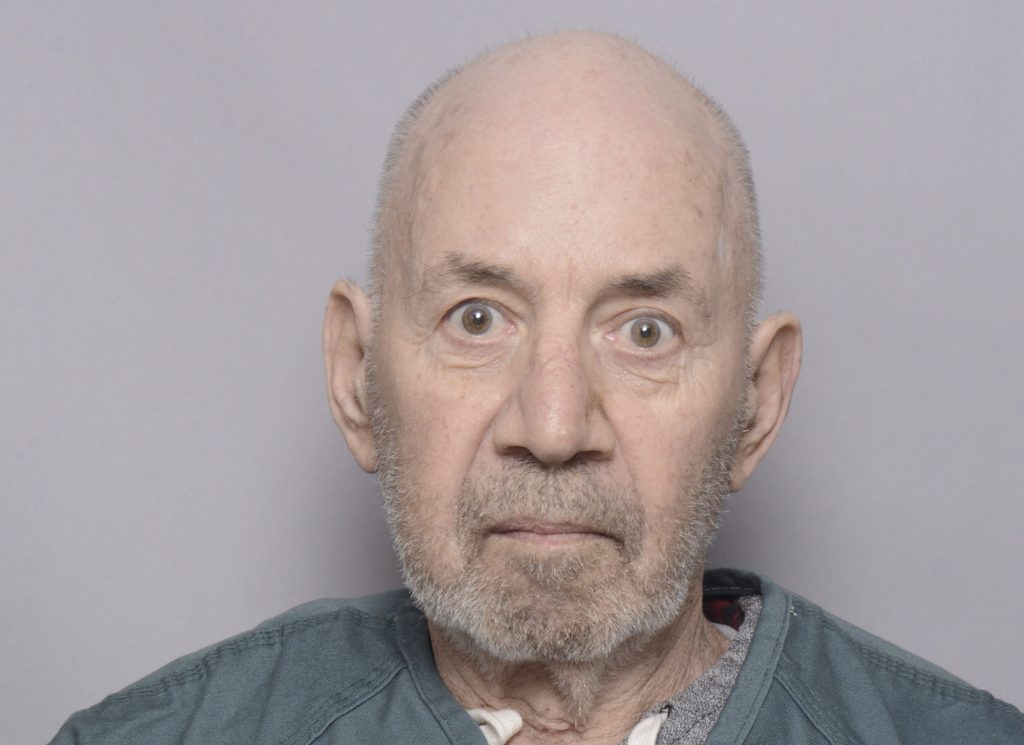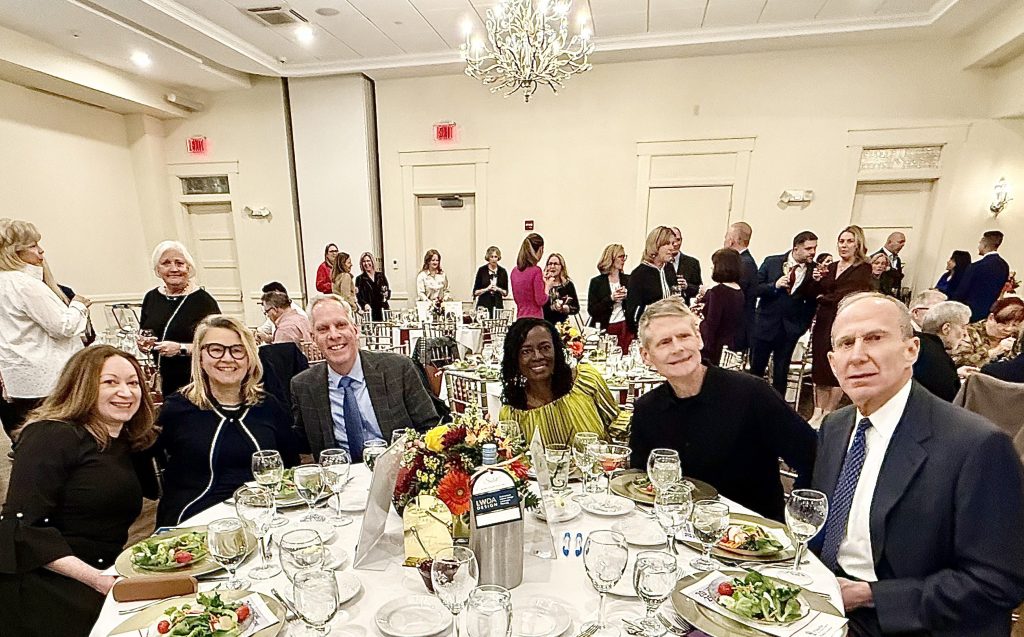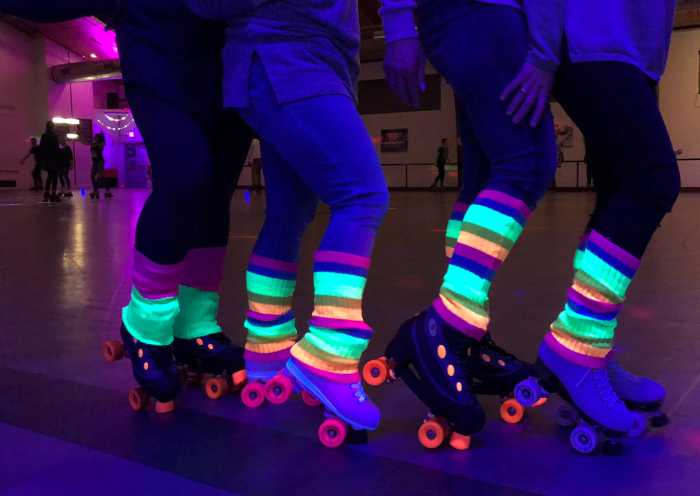The Revolution Out East: Ketamine, Microdosing & Modern Psychedelics in the Hamptons
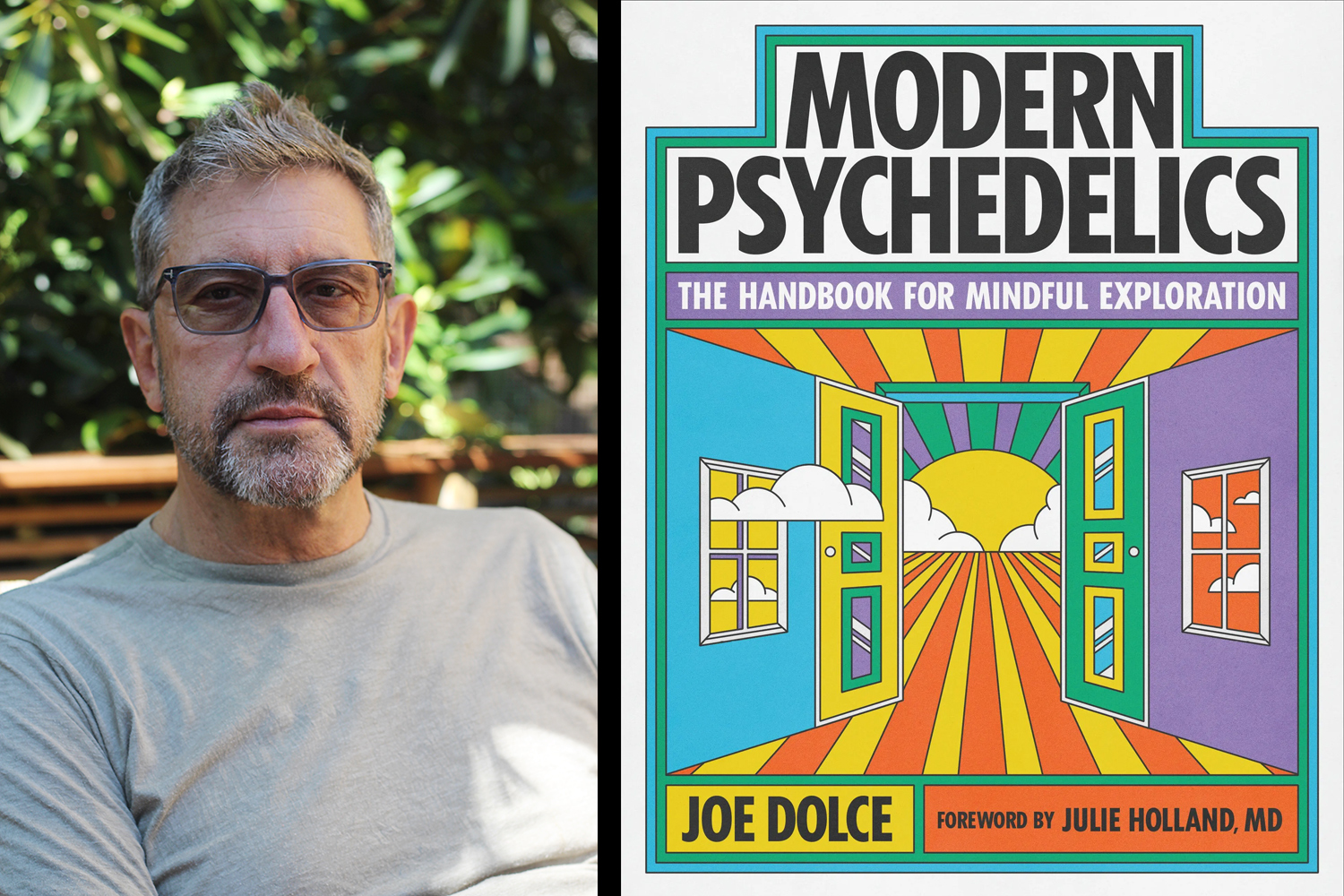
Used by humans for thousands of years, psychedelics can introduce us to ancient entities, awaken our interconnectedness with others and the universe, reveal a once hidden path forward, help let go of old patterns and mindsets, or they can simply make a night of dancing or lovemaking more transcendent. They can also take us down dark roads, incite ego death and terrify those who aren’t prepared.
Today, these powerful substances are in the midst of a worldwide renaissance that’s about far more than getting high. People are turning to psilocybin mushrooms, LSD, ketamine, MDMA (known to many as ecstasy or Molly), ibogaine, DMT, ayahuasca, mescaline and more niche molecules to battle depression, overcome addiction, and quell post-traumatic stress and other conditions often left unresolved by mainstream medicine. Meanwhile, the medical establishment is catching on — exploring how psychedelics might do profound good in the world and generate profits, but the path toward legalization is not without obstacles.
This psychedelic revolution is making big waves all over the country, even here on the East End.
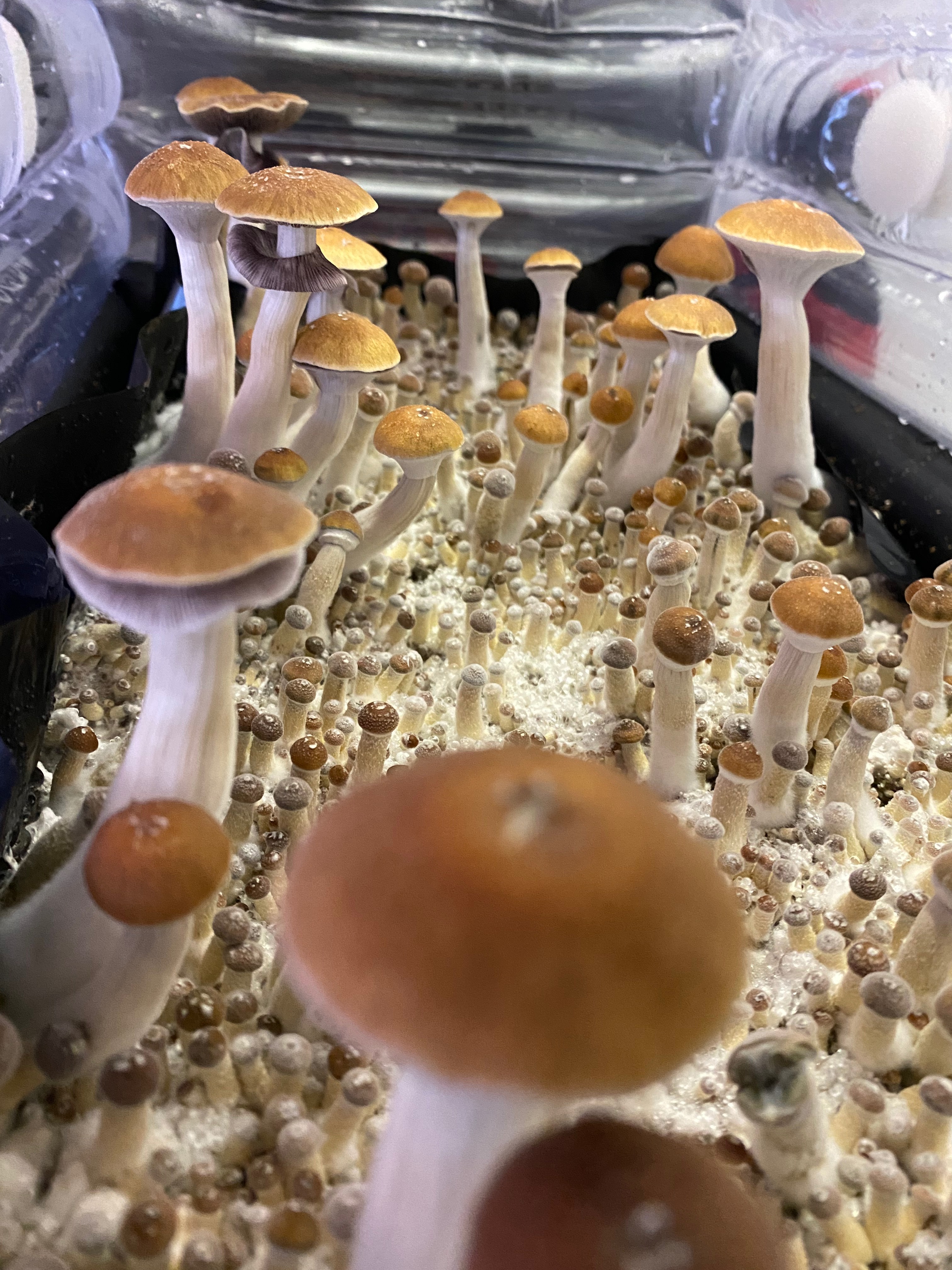
“There is a huge mental health crisis going on in the country and in the world, and people are suffering … and medical science has not delivered in 50 years,” explains Amagansett resident and author Joe Dolce, who recently published Modern Psychedelics: The Handbook for Mindful Exploration, a book and subject he will be discussing on October 13 at The Church in Sag Harbor. “The best they’ve come up with is SSRIs (antidepressants such as Prozac, Paxil and Zoloft), which are 50% useful or they work on 50% of the people, and you have to take them every day of your life,” he says, adding, “ And the research is showing that psilocybin, ibogaine, ketamine — these substances have pretty enduring effects. Some people I’ve spoken to have done one psilocybin journey and stopped being depressed.”
Dolce says he began writing Modern Psychedelics after his previous book Brave New Weed: Adventures into the Uncharted World of Cannabis (2016) explored the new cannabis paradigm in the post-legalization era. “It turned out to be a gateway book,” he says, pointing out that after publishing Brave New Weed, and after Michael Pollan’s 2018 book How to Change Your Mind shifted many people’s perceptions of psychedelics, Dolce began hearing from readers and others asking very specific questions about their entheogenic explorations.
They asked things like, “I have a heart condition, can I do an ayahuasca ceremony? Or I’m microdosing … I feel like I got it to a good place, should I up my dose? Or, I want to go on a retreat, where should I go?” and he realized solid, factual answers weren’t that easy to find. “I started looking online, and you find a lot, there’s a lot of information online, and a lot of it is okay, and a lot of it’s bad, and a lot of it is marketing. So, I thought some single source of truth might be a good idea here.” He also found much of the available material either leaned super spiritual or densely scientific. It was clear his next book could answer these questions, and do it in an accurate, accessible way, and Modern Psychedelics was born.
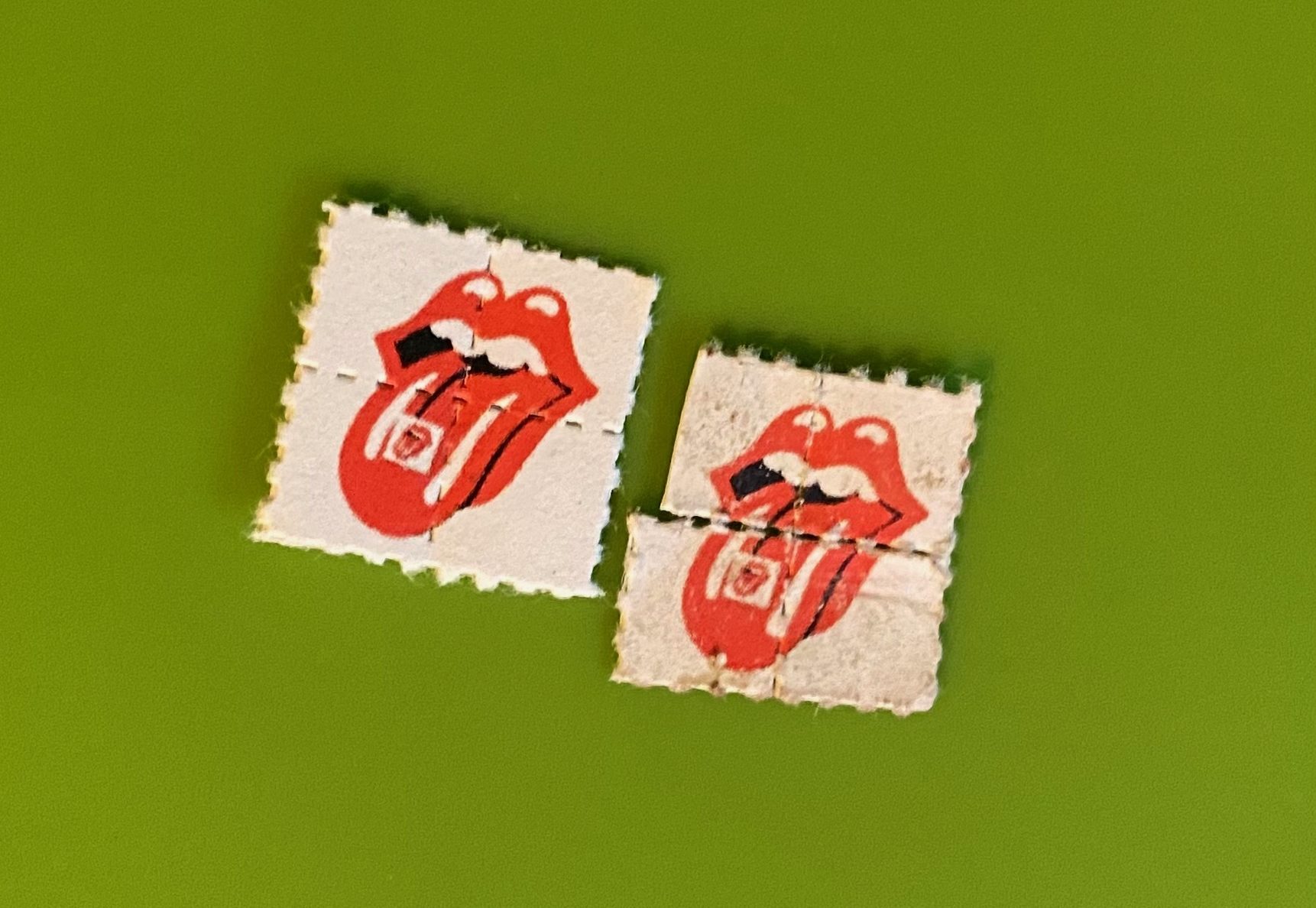
At this time, nearly all the major psychedelic substances — Dolce loathes using the word “drugs” to describe them — are federally illegal and illegal in most states, including New York, but the landscape is changing, as are attitudes about them. Psilocybin mushrooms — which produce a variety of perceptual changes, enhanced introspection and often revelatory thoughts and insights into one’s self — are now legal and regulated in Colorado and Oregon and considered the lowest law enforcement priority in some 30 municipalities across the country. Many people are also subscribing to the idea of microdosing mushrooms or LSD — meaning the use of subperceptual doses to enhance creativity, energy and empathy and/or relieve anxiety and depression. Dolce offers a wealth of information about these practices in his book, including dosing, effects and methods, as well as calculating risks and benefits. Risks, of course, are physical, mental and legal, though, the author points out, “They’re generally not habit forming or addictive” and people don’t die from LSD or mushroom overdoses.
At the same time, hundreds of clinical trials for a variety of substances are currently registered on ClinicalTrials.gov, covering psilocybin, MDMA, LSD, 5-MeO-DMT, and more, and some are in later stages. MDMA was shown to have remarkable results for treating PTSD and was granted Breakthrough Therapy status by the Food and Drug Administration in 2017, but the FDA shocked everyone in August 2024 when it denied a New Drug Application for MDMA-assisted therapy for PTSD. Still, the door remains open for future applications, and any of this progress would have been a pipe dream decades ago.
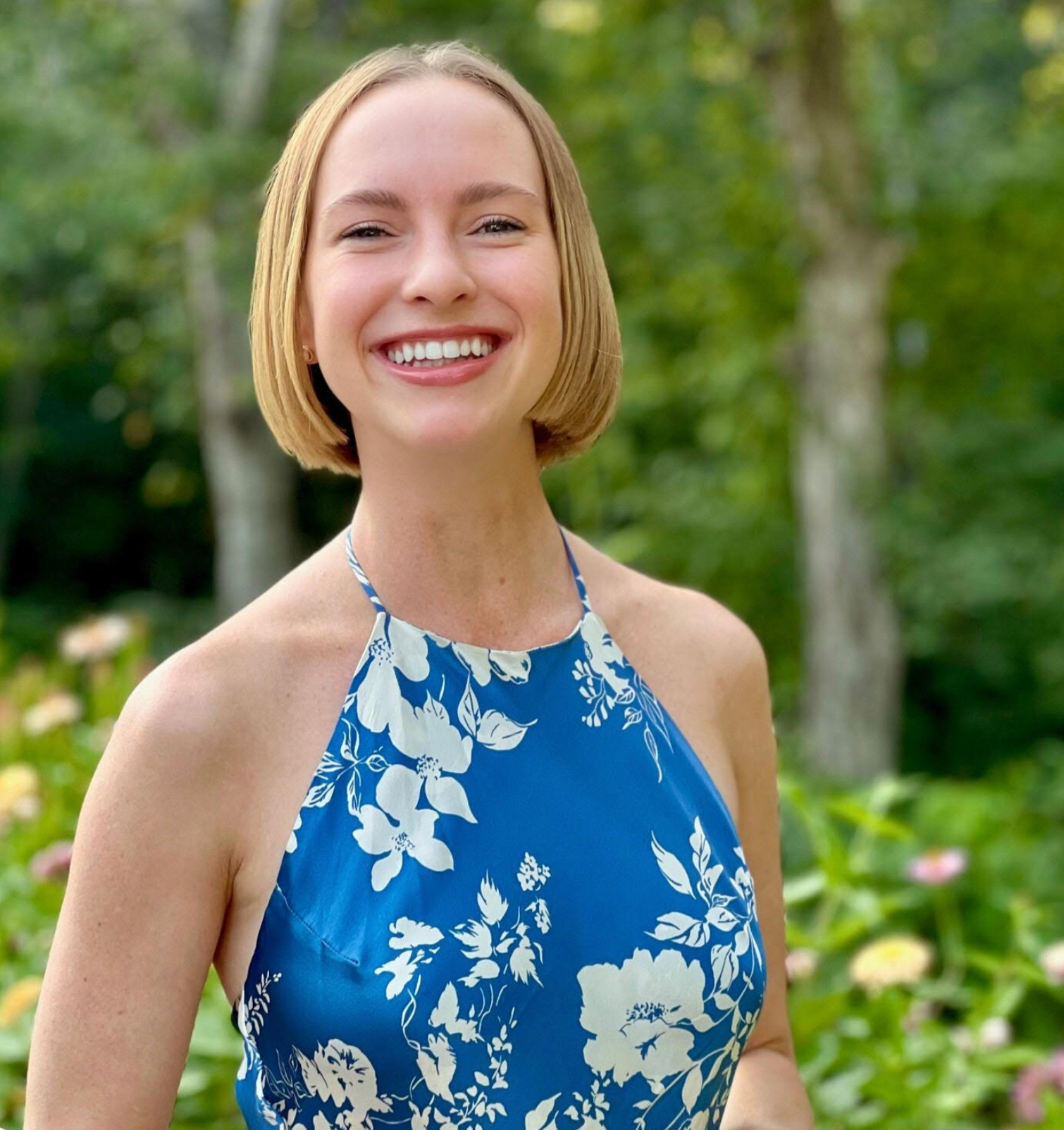
Courtney Barnes, a Partner at Feldman Legal Advisors PLLC, who spoke at the Hamptons Cannabis Expo in 2022 and was one of the lead drafters of Denver’s Psilocybin Decriminalization Initiative (the nation’s first successful voter-initiated psychedelic policy reform ordinance), says legalization efforts remain quite promising. “It started with Denver’s decriminalization or de-prioritization of law enforcement with psilocybin back in 2019, and now we have about 30 cities and municipalities that have passed some sort of psychedelic policy,” Barnes explains. “The ability to make change is more accessible than I think many people believe it is, and we are making significant progress.”
The attorney and advocate, who holds a number of advisory roles in the psychedelics ecosystem, points out that more and more politicians are coming out publicly to express their support for psychedelic research, adding, “I think that’s a step in the right direction. The courage of people in the spotlight to talk about their personal experiences, or at least express support for the experiences of people who they know well, has played a pivotal role in propelling this movement forward.”
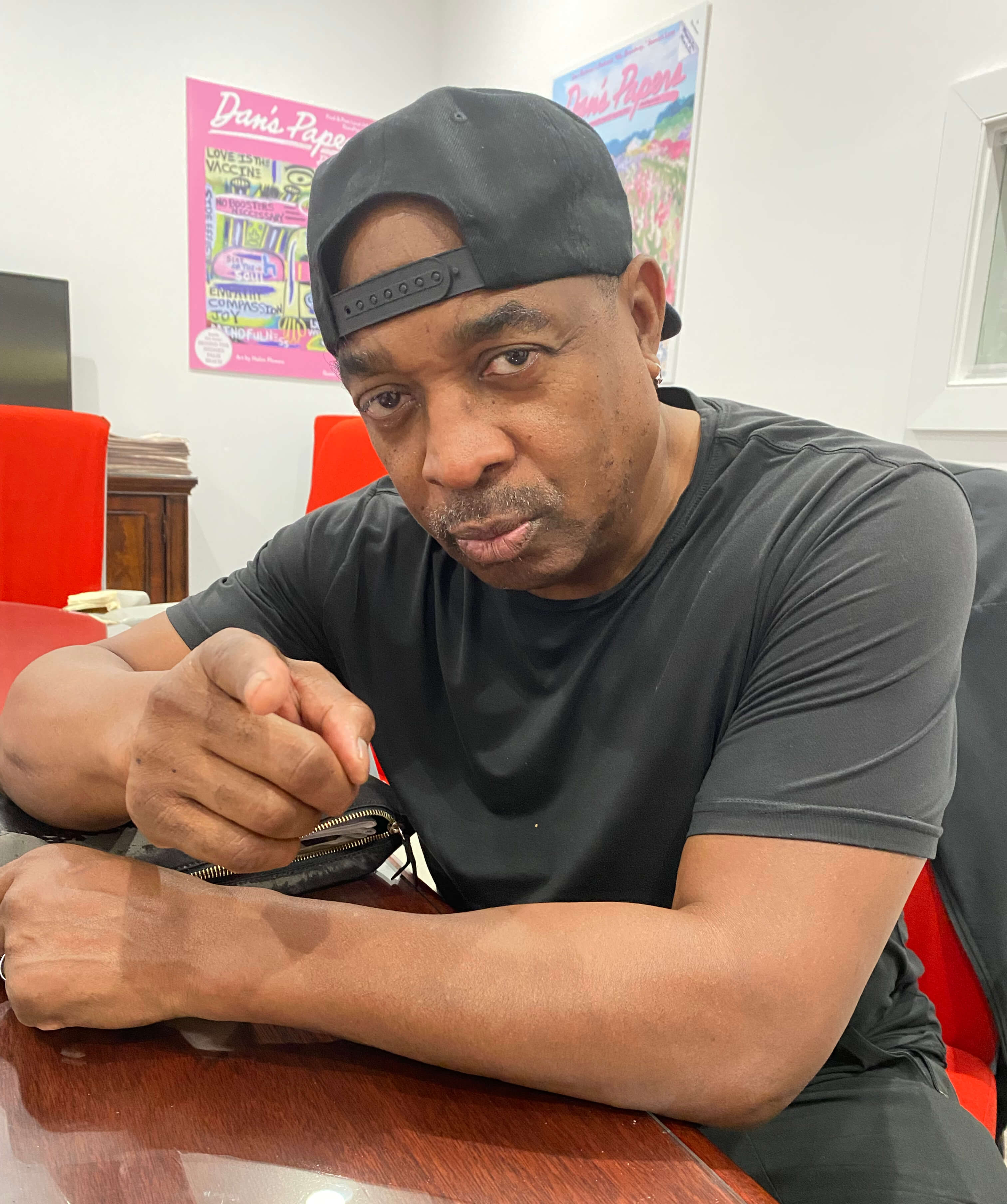
Among prominent East End residents who have spoken openly about positive experiences with psychedelics, Public Enemy cofounder Chuck D shared with Dan’s Papers that an underground ayahuasca ceremony cemented the importance of visual art in his life. He imbibed in the hallucinogenic Amazonian tea — which combines DMT and plant alkaloids functioning as MAO inhibitors to produce lengthy and powerful psychedelic experiences — after his father’s death in 2016. And despite never being a drug user throughout his 40-year career in the music business, he understood the experience was an “organized ritual, and the administration of DMT was a sacrament.” Hearing from friends and colleagues who had done it, including Sting and Rage Against the Machine and Prophets of Rage bassist Tim Commerford, also assured Chuck that the ceremony could bring him answers. “I was already dabbling in the art and doing this and that, but it reaffirmed me … I know what I went there for, and I got my answers in the four-hour journey. It gives you what you need.”
But not everyone has the wherewithal or comfort doing something illegal, whether it’s a secret ayahuasca ceremony in California or following the various dosing guidelines laid out for the substances covered in Dolce’s book. Fortunately, ketamine assisted therapy is currently legal in all 50 states, it’s had brilliant results battling treatment-resistant depression, PTSD, trauma, pain, anxiety and addiction, and it’s available right here in the Hamptons.
While ketamine, which is the same molecule as the club drug “special K,” is not a classic psychedelic like LSD, mushrooms and other hallucinogens, it offers similar experiences and results at higher doses. Pharmacologically, it is a dissociative anesthetic that does not compromise respiratory function, making it safer at higher doses which produce dreamlike states of consciousness, the dissolution of ego and visionary experiences. Administering ketamine this way is considered an “off-label” use, meaning it is not specifically approved by the FDA for this application, but it is legal if a physician believes it will benefit their patient.
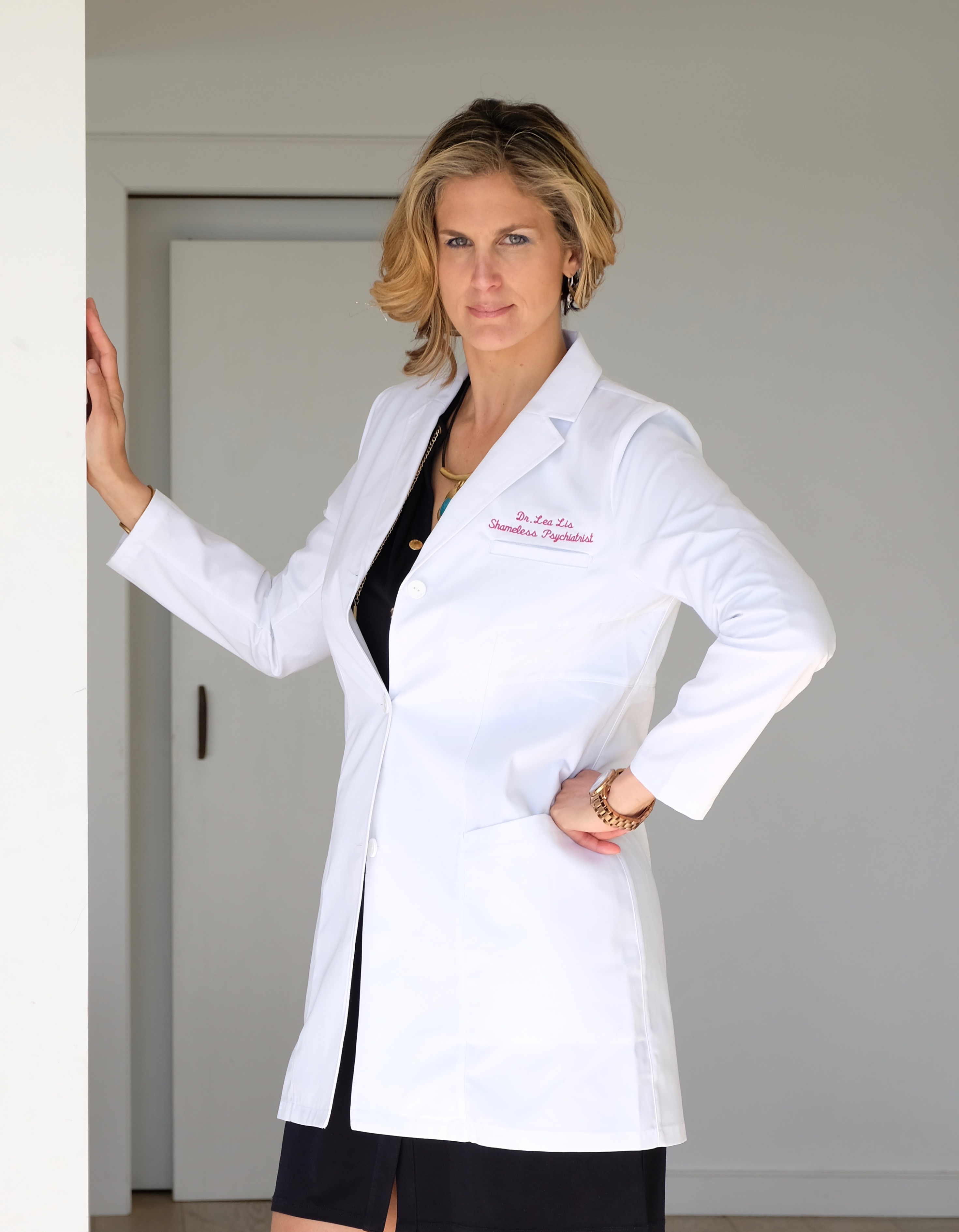
“It allows you to open up new channels, and those channels help create new brain pathways and new ways of thinking. So it is really like accelerated therapy that can bring you to new healing and new mental wellness, especially for anyone who’s stuck,” explains Dr. Lea DeFrancisci Lis, CEO and founder of Hampton Insight (hamptoninsight.com), an integrative mental health practice in Southampton. “There are a lot of studies to show that new brain connections are formed, new dendrites,” Dr. Lis continues. “You can learn new things. You can cement better habits. You can kick old habits that aren’t serving you. It has been transformative for many of my patients, and this is why I keep doing it, because of the amount of transformation I see and mental healing — as opposed to my other job as a psychopharmacologist and a psychiatrist … (where) there are patients who heal, but it takes years of therapy to do what this can do in six sessions.”
Explaining further, Dr. Lis says patients lie down in a private room and are given an intramuscular injection which sends them on a journey that lasts about 30 minutes to one hour. “It’s beautiful. We control the environment. We play purposely picked music, depending on what we’re trying to channel. We light candles. We sit with you, we hold your hand, we cry with you, and I feel like that’s what makes it different,” she says, describing what sets her practice apart from the less-expensive at-home ketamine therapy options available, such as Mindbloom or Innerwell, where patients take ketamine in rapid release tablets or intramuscular injection without the physical presence of a doctor for support and guidance, or to monitor vital signs.
“This whole idea that you could do it virtually, like Mindbloom, is such garbage. I’m sorry, but it just doesn’t work as well. You don’t get the personal connection. They leave you on a computer screen,” Dr. Lis says, noting that they also couple important integration therapy with the sessions.
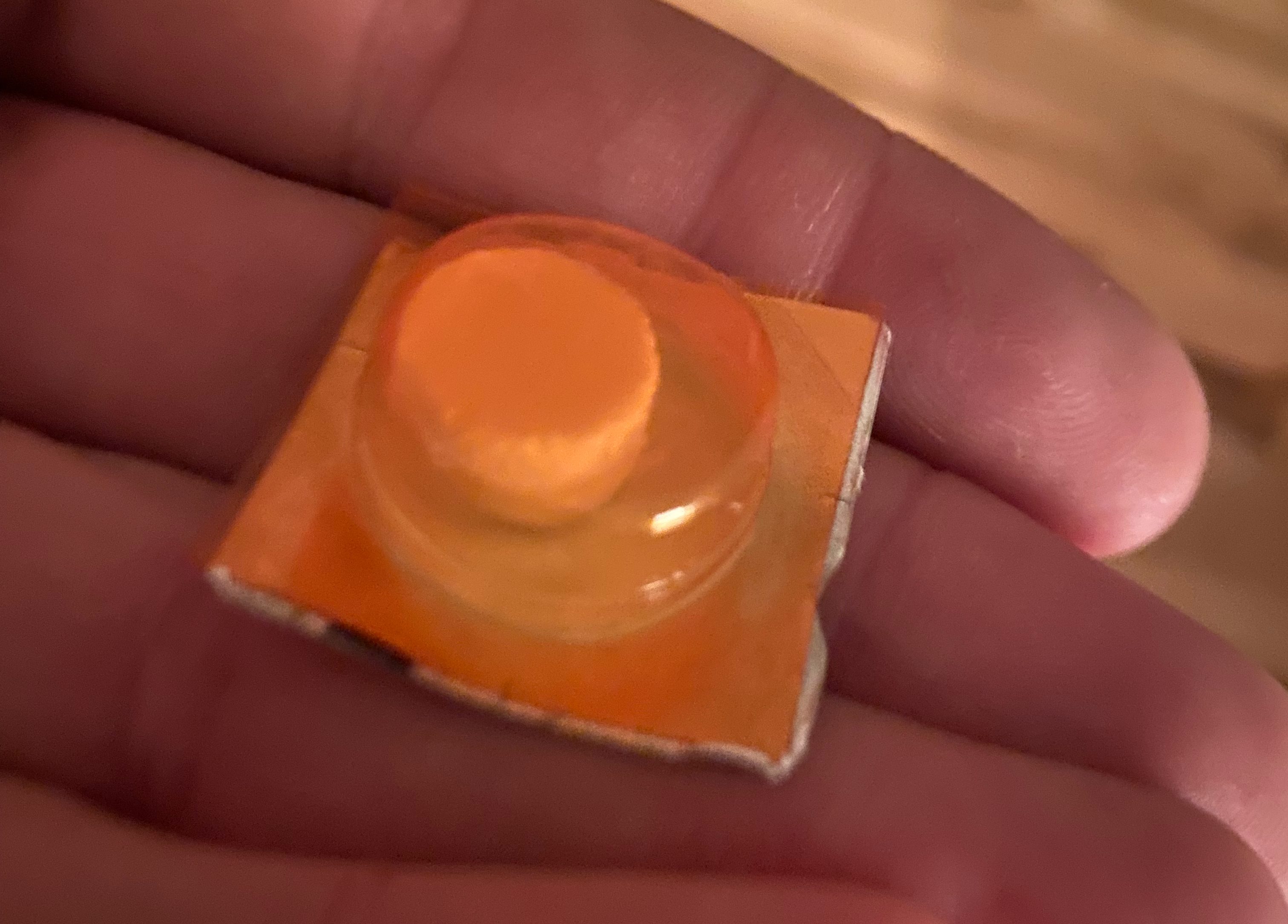
Dr. Lis hopes ketamine is just the beginning. “When I started this business, I was starting it with the lens that ketamine would be my first, and then I would have MDMA,” she says, noting that she even sent a clinical psychologist at her practice, Dr. Tracy Gangi, for MDMA training. “When it got rejected, I was kind of devastated. It took me like, a week to recover, because I was so upset about it. But I think the culture of psychiatry is shifting. Everybody is talking about psychedelics,” Dr. Lis continues. “It will all eventually get legalized.”
“We’re seeing psychedelic policy reform advance further each legislative session. However, it remains a moving target, and it is undeniably a long-term investment,” Barnes says regarding the future of legal psychedelics. “It requires persistence, understanding that success rarely comes on the first try. Still, we are seeing growing interest across the political spectrum, and people are beginning to take the topic seriously. I do envision a future where more states embrace regulated access.”
Dolce remains cautiously optimistic about the future of these substances. “Psychedelics have always been meaningful to the people who use them, and they’ve always scared the people who are trying to control them, and I think that’s absolutely the case, because they are disruptors,” he says.
“There was a study in 2015 that never got published until recently. They put 23 leaders of different religions together and they gave them all psilocybin at different doses. Three of those people left their denominations to form psilocybin churches. Not everybody had the same experience, but three left because they felt it was a more immediate experience of God. That’s an extraordinary thing. Not everybody has a mystical experience, but I think that’s another thing that really distinguishes these molecules from everything else we know,” Dolce says, adding later, “I’ve talked to vets who have had terrible PTSD and traumatic brain injury, and it has really ruined their lives, almost. It’s ruined some marriages, ruined their relationship with their kids. I can’t even imagine what it’s like. It sounds awful, but you know, one ibogaine journey and it’s over, and often they don’t have to go back for more. Why would we not pursue that to find out if it works, or close the door on it if it doesn’t?”
Learn more about Joe Dolce during his talk, Wellness Monday: Modern Psychedelics for Health & Healing, at The Church in Sag Harbor (48 Madison Street) on Monday, October 13 from 3–4:30 p.m., thechurchsagharbor.org

